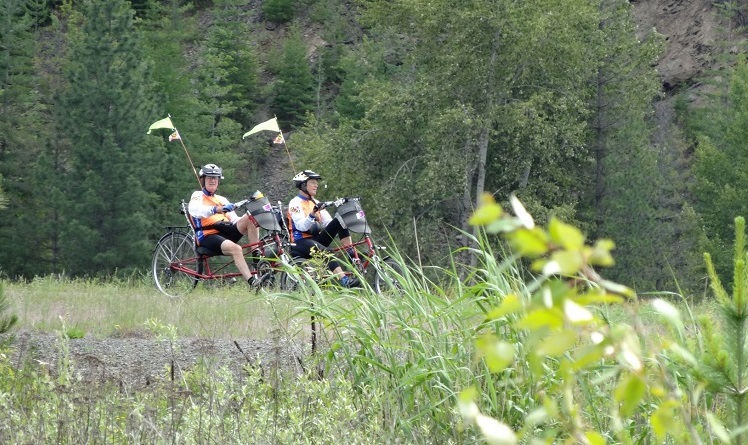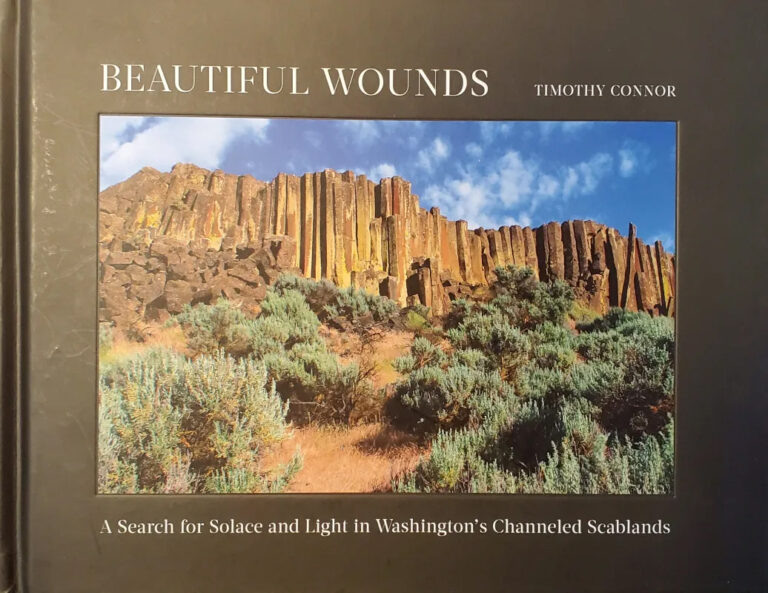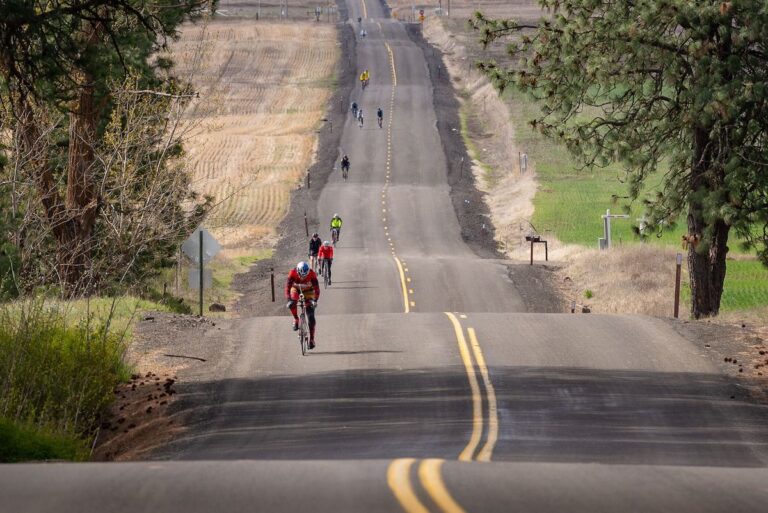The question of who pays for our public lands is not an easy one to answer, and some aspects of the whole story may surprise you. Public lands have a lot of inherent costs, from cleaning vault toilets and maintaining campgrounds to employing enforcement rangers and wildland fire fighters, as well as working on conservation and restoration of natural landscapes.
Budgets for the four federal land management agencies—the Bureau of Land Management, US Fish and Wildlife Service, National Park Service, and US Forest Service—have been declining since the early 2000s. As of 2018, these four agencies report an almost $20 billion maintenance backlog.
Energy Production
One key funding source is the Land and Water Conservation Fund (LWCF) that uses revenues from oil and gas extraction on public lands to fund federal public lands projects and provides public lands related grants for state and local organizations. This fund has supported projects in every county in the U.S. and has an average return of $4 in economic value on every dollar invested.
Although this fund is authorized to receive $900 million dollars each year and has strong bipartisan support, Congress has frequently diverted funds to the total of $22 billion. Fortunately, the LWCF received full and permanent funding under the Great American Outdoors Act that passed in 2020.
Much of the oil and gas extraction that funds the LWCF occurs on land managed by the Bureau of Land Management, but it also includes offshore extraction. The cost of leasing and royalties for these operations has remained stagnate and is well below that of key energy states like Texas.
Currently, hardrock mining (e.g. copper, gold, silver) on public land does not pay leasing or royalties, and taxpayers front the bill to remediate abandoned mines.
Solar and wind are relatively new energy-producing players on public lands, and bills have been introduced to distribute revenues back to states and counties with some earmarked for conservation.



Hunting and fishing industry fund public land conservation. // Photo courtesy of Backcountry Hunters and Anglers.
Outdoor Recreation
Outdoor recreation is an $887 billion industry and relies on access to and the infrastructure on our public lands to thrive. Hunting and fishing have long been funders of public land conservation.
The Pittman-Robertson Act (1937) and Dingell-Johnson Act (1950) levy a 3- to 12-percent tax on licenses and related sporting goods, including ammo and firearm sales, providing key funding for state wildlife agencies. However, the number of hunters in the U.S. has been decreasing since a peak in the ‘80s.
There is some evidence that this decrease may have stalled during COVID, as many states saw an increase in new hunters. But, just like federal agencies, state wildlife agencies are seeing annual deficits in the millions.
Talk of applying a similar tax to other outdoor recreation gear, from tents and kayaks to sleeping bags and backpacks, has been around for years but has received a lot of pushback from the outdoor recreation industry. Washington State has proposed HB 2122 that would put a 2/10 of one percent tax on outdoor equipment over $200, but that legislation seems to be on pause.
Surveys find that the vast majority of outdoor enthusiasts would approve of a small increase in equipment prices going to public lands. This new funding source would also be an opportunity to engage users in conservation before they step foot on a trail.

From rural jobs to fire mitigation to climate solutions, our public lands are more important than ever and need to be fully funded. Even before COVID-19, people were flocking to public lands in record numbers.
The recently introduced and strongly bipartisan Recovering America’s Wildlife Act looks to help with some of the ongoing budget shortfall and would help protect at-risk plant and wildlife species, but much more needs to be done. The incredible network of U.S. public lands that support wildlife diversity and outdoor recreation were set aside for the good of all Americans and deserve to be fully funded.
Learn more in the Public Lands Special Section archive, originally published in the September-October 2020 print edition.
Public Lands 101
10 Ways to Love Your Public Lands & Waterways
[Feature photo by Aaron Theisen. // Okanogan Highlands]












